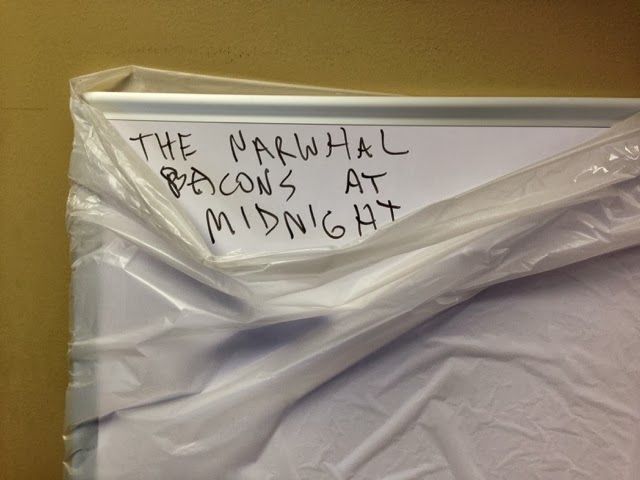I learned something interesting yesterday. After we did a new production deployment at work for one of our websites, we ran into a few issues that hadn't occurred in QA or staging. The first was that, for some reason, calls from the website (which is an ASP.NET MVC 4.5 site) to one of our WCF services, was failing. The service in question is used to retrieve images from Sharepoint. Later, we found another issue, wherein attempts to contact a different service for the purposes of sending email were failing. As it turned out, the two issues, while seemingly unrelated, were caused by the exact same problem. In addition to the endpoints for the two aforementioned services, our Web.config file also contained an endpoint for a third service, that is not yet in use, but is defined and in development. But somehow, the binding for this service didn't make it into the production version of the Web.config file, and therefore when the app tried to make use of any service, an exception wa...


